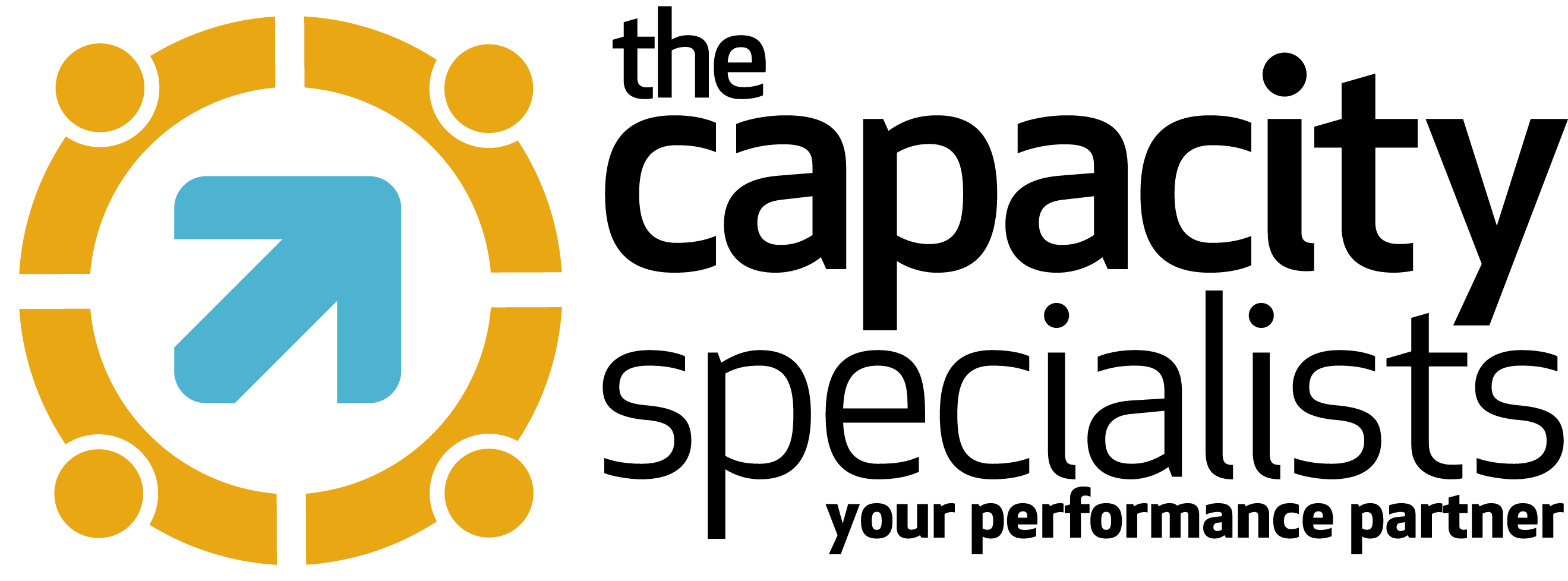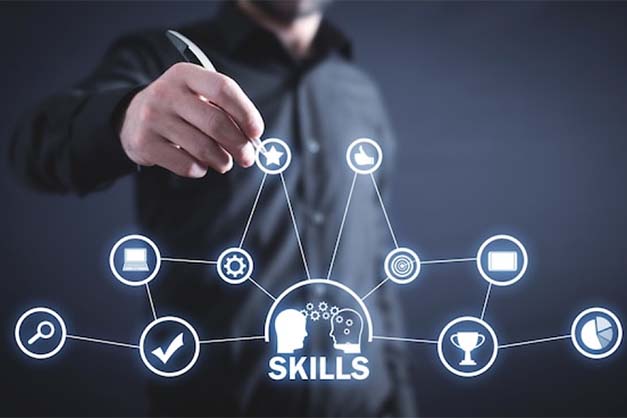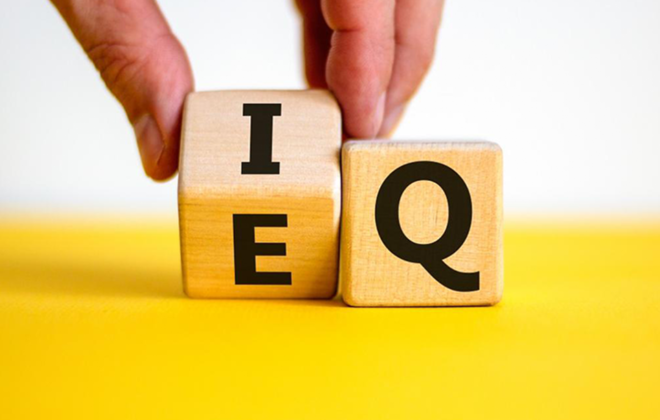What is Gamification and How Does it Apply to Learning?
Gamification is a topic you have likely heard a lot about, but very little information is available to explain why it works. Gamification is the incorporation of game-like mechanics and elements into non-game contexts to enhance engagement and motivation. Understanding this can help you uncover motivational approaches that may already exist within your company.
The Economic Impact of Gamification
Worth an estimated $2.3 trillion, the global entertainment and media market is enormous. While this incorporates television, radio, and film, it also includes video games. Presently, the global revenue of this thriving industry is $101.62 billion, as average buyer spending comes in at just over $90 each year. But it isn’t just the economic side of things that raises eyebrows.
The average gamer spends eight hours a week playing their preferred console or gadget. Adding into the bargain that 67% of US households play video games, it is clearly apparent that we have a bit of an obsession. The joys and satisfaction we get from gaming, however, are being used for other pursuits as well, besides amusement.

Research has discovered that adopting game reviews and mechanics in non-game contexts can improve engagement levels, assist in achieving specific tasks, improve individual learning and promote personal development. This is what is referred to as gamification in the learning context. It’s all about using and leveraging the “hooks” in traditional media and entertainment to drive higher learner engagement and retention.
Let’s go deeper
By delivering rewards or injecting some fun into a chore or everyday task, the individual is more likely to get it accomplished quickly and efficiently. It is a typical tactic used by parents, as challenging your kids to sweep their room within five minutes will probably have the desired effect.
Everything from keeping fit to handling your money can be a fun and fulfilling adventure, whilst achieving its primary objective at the same time. Currently, gamification strategy is apparent wherever you look, especially on phones and tablets.
Our natural human intuition of competition and ambition kicks in when there is a special incentive involved. As such, gamification offers a challenge, allows you to overcome it, and provides gratification in the end.
Understanding the Psychology Behind Gamification
Gamification strategy is all about motivation, passion, and willingness to do something. This feeling of drive and purpose is fuelled by dopamine, and the chemical activity is passed from one neuron in your brain to another. Essentially, your body releases dopamine when you partake in something pleasurable or satisfying.
While this can be achieved by all sorts of things, receiving a reward/prize is one of the biggest. But even before you’ve been reimbursed for doing something, your brain may give you a chemical hit. This is because dopamine neurons try to anticipate the rush you’ll receive from your efforts. Over time, they’ll know when something satisfying is on its way and unleash good feelings beforehand.
Therefore, the better you do, the more you receive (rushes of dopamine), and the easier it is to stay motivated. Gamification in business learning attempts to replicate this model.
Why Gamification Works?
Motivation is at the core of gamification, but where does our enthusiasm come from? Several theories correlate to this subject, but Scientific American thinks three critical elements sustain motivation.
Autonomy – If you’re in control of your destiny, you are more motivated to achieve. Being in control suggests you’ll work harder and stick to your objectives for a more extended period. Experiments indicate that students given the opportunity and authority to establish a course on their own persisted longer in problem-evaluating activities than those who were not.
Value – Assigning value to the activity and the active stake in the subject also increases motivation. Research has discovered a positive correlation between valuing a subject in school and a student’s willingness to pursue related queries.
Competence – If an individual acquires a proficiency or skill for something, they’re more likely to persist in doing it. Again, studies have proven this, establishing a strong link between students’ sense of prowess and their urge to pursue certain activities. What’s more, those who credit innate skills rather than hard work tend to give up faster.
Gamification in business benefits our extrinsic (money or grades) and intrinsic (personal gain or pleasure) motivation to enhance daily activities or specific tasks. Therefore, gamification marketing performs best if both of these motivational factors are catered for.
The Practical Applications of Gamification in Corporate Training
- Recruiting/Onboarding
Why not make the recruiting process unique and fun? As we all know, new employees expect and require attention as much as possible. You will want them to know all about your organisation and how it is a great place for them to progress and grow, both personally and professionally.
If tasks are fun, they’ll strive to be the best they can be, and you’ll have adequate employees from day one. You can add a points technique to workout quizzes, have people play games rather than just taking tests, and so much more.
- Engagement of Employees
Whether working across the hall or the globe, we all want to feel a sense of belonging. As an agile team, we need to feel connected and supportive of one another to work effectively; and when engaging with games and fun activities – it has always proven to be effective. Gamification can be used for simple training or even as a fun way to have a team-building day.
- Promotion of Sales Funnel
Growth of sales is the spine of all well-known companies. However, traditional ways of sales training are not practical considering the current trends of digital marketing.
People have been utilising sales contests, challenges and gift giveaways to enhance their sales. What matters is how interactive these gamification approaches are.
- Leadership Training
Leadership is about creating an engaging atmosphere. Building and maintaining a strong team is one of the most critical success factors for a manager/leader.
The ability to inspire, manage conflict, and encourage personal development are skills that separate good managers from great ones. Yet there can be a reluctance among management teams to engage in training or activities that appear to be frivolous – or worse yet, might send a negative message.
Building a team with confidence and trust requires good frameworks that take the pressure off of leaders. While we’re all familiar with traditional exercises like personality tests and communication quizzes, gamification approaches can prove to be more effective at developing leadership skills.
Case Study: Leadership Training with Gamification
Taking a specific product that we offer, LeadPro, a specific digital learning game that teaches employees power skills in areas of leadership, change management, influencing skills and even functional skills such as finance for non-finance employees. If we take the situational leadership module, participants go through a 1-hour simulation which is fully digital so it only requires a laptop or desktop to execute and of course a good WIFI connection.
Participants apply the 4 quadrants of situational leadership by taking actions in the simulation and seeing the direct relationship between action and result. The beauty of such programmes is that the participant or player has real-time feedback on their action and can learn in real time. LeadPro also creates a sense of competition which allows participants to reach a specific target and this drives engagement and creates a hook to do your best in the game.
Learning simulations usually start with a baseline theory and the game-based elements are built on this foundation. Ultimately, learning a skill like situational leadership has to be based on certain fundamentals. In the case of LeadPro’s situational leadership simulation, the core theory comes from the below focus areas.


The game then mimics real life by creating an artificial end point of achieving the highest score in 6 weeks. This creates an urgency to get the best leadership decisions and hence the learning is a lot more effective. If you compare that with a traditional classroom-based learning programme, a lot of it is based on theory and the application is much later – the result of your application might come weeks or months later.
In digital simulations, we can “simulate” the impact in an hour. Therefore, participants learn the fundamentals of the skills and immediately put them into practice.

Another benefit of digital simulations is that it is scalable so it can be run for an individual but it can also be run for your entire organisation. It allows organisations to incorporate similar programmes into their learning programmes. Some examples include companies that have certain skill sets that they want to roll out for all first-time managers and doing so with a digital simulation is a lot more efficient.
The Effectiveness of Gamification in Learning and Development
In a nutshell, digital simulations help overcome learning fatigue by focusing on the below 6 areas and the results are impressive. Employee participation in such simulations is close to 96% as it creates a novel way to learn. Learning retention is around 87% and for HR managers, learning completion is close to 98%. This was based on surveys across 30 countries, 100 clients and 50,000 learners.

The Future of Learning with Gamification
Game-based learning and gamification are here to stay as organisations have seen their impact on learning engagement and retention. The goal of driving attention spans is becoming a difficult nut to crack and traditional learning methods have to change with the changing needs of employees. Game-based learning offers a potential solution as it incorporates all the hooks required to create engagement. As Nir Eyal in his book ‘Hooked’ illustrates below, the traditional learning method has to evolve to keep pace with how people are engaging in the modern world.
If we expect learning in the corporate space to keep pace with the changes in our industries, we have to shift our mindset to new innovative learning methods that have proven effective and this is where gamification adds value.
Do you want to find out how you can use simulations and gamification in your trainings? Contact us by sending a message here, sending an email to results@thecapacityspecialists.com, or calling 087 484 808 or 061 722 233.
Arun Nagarajah is the CEO of eVULX, a digital learning games development company headquartered in Kuala Lumpur.
Related Posts
Leave a Reply Cancel reply
Categories
- Uncategorized (12)




